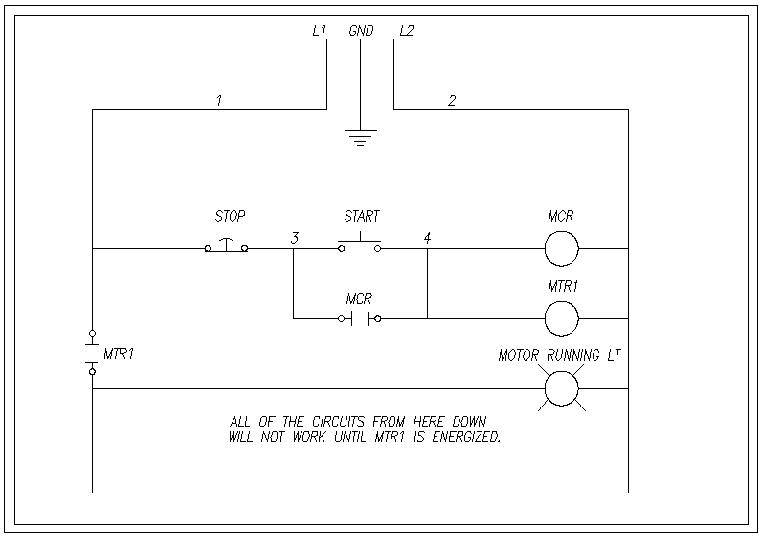Lets say there is a 120vdc control circuit with a + and - bus. Relay coils in this circuit will operate when energized on both sides by this voltage. Open contacts may be isolating this relay from being energized, but under a certain circumstance the contacts will close, completing the path to the relay coil and energizing it.
I have always assumed that it the voltage across this coil that will pick up the relay (completing the voltage path to both sides will pick it up). But is it voltage or is it current? Can voltage actually pick up the relay or will it always be a current? I am asking because I have seen some relays where applying just a DC voltage to it will cause the contacts to close, and off of the same 120 VDC control circuit bus, another relay will be picked up at a current rating (say 0.5A). When these relays are being picked up by a current, where exactly is that current coming from? The 120 VDC path is complete but what is drawing the current to pick up this relay?
See the attached picture for an example. L1 and L2 is my 120VDC bus. L1 being + and L2 being - .
before the start button is pushed I have -60VDC to the MCR coil. Once the start button is pushed I have completed the path and allowed +60 VDC to hit the other side of the coil. At this point is it actually just the voltage or is there a small current that has picked this coil up? I have been in a scenario similar to this where I had to apply 120 VDC to the coil with a test set and then verify that the contacts have closed (causing me to believe that only a voltage is needed to pick up this coil). Then in another test I would test a relays pickup current, and this relay was off the same bus as the first relay, an example would be the MTR1 relay. In this scenario the MTR1 relay is set to pick up off 0.5A.
I would apply a current to this relay to check the pickup value. So is this relay only operating off of current and not voltage? What is drawing the current in this circuit?
